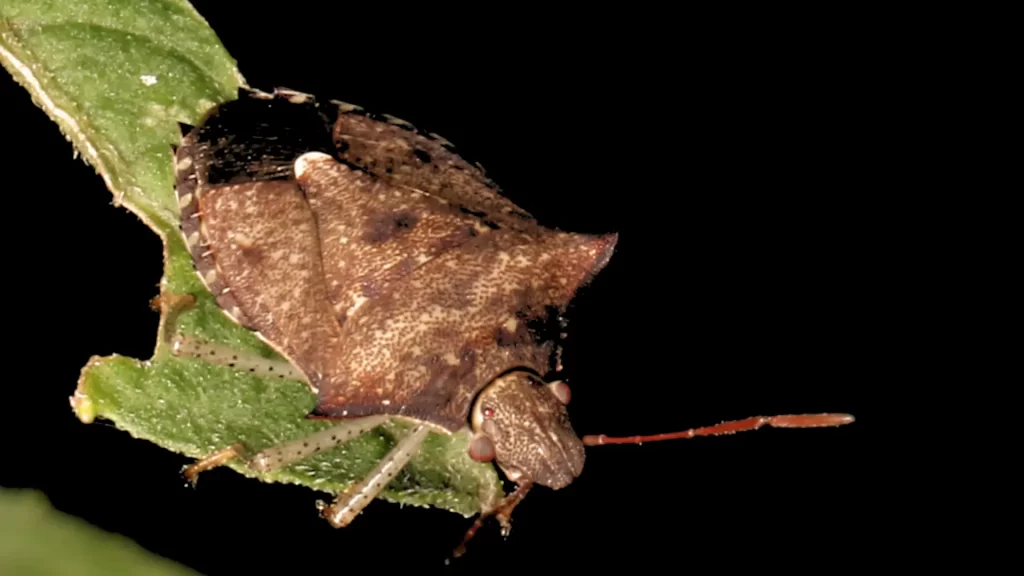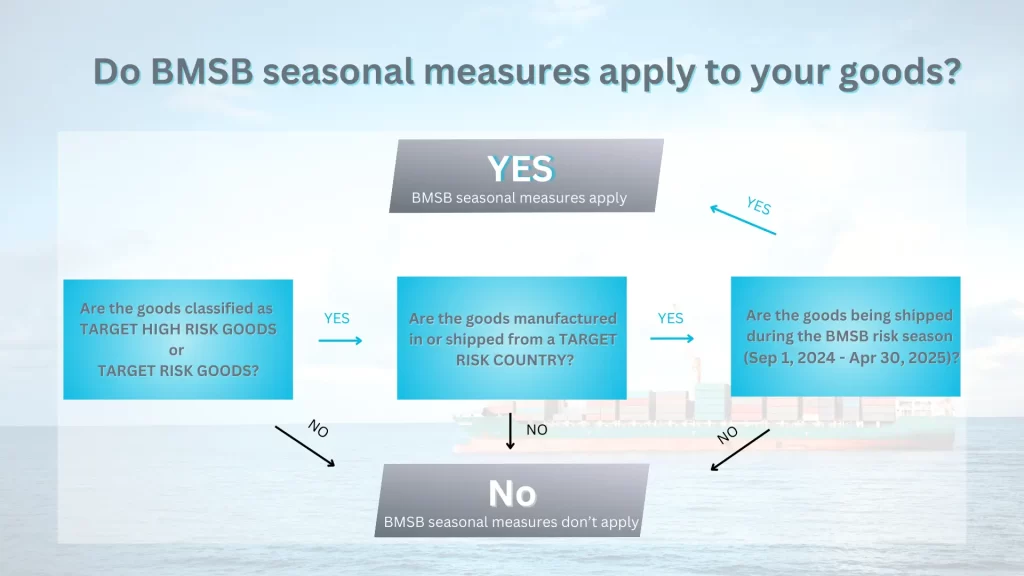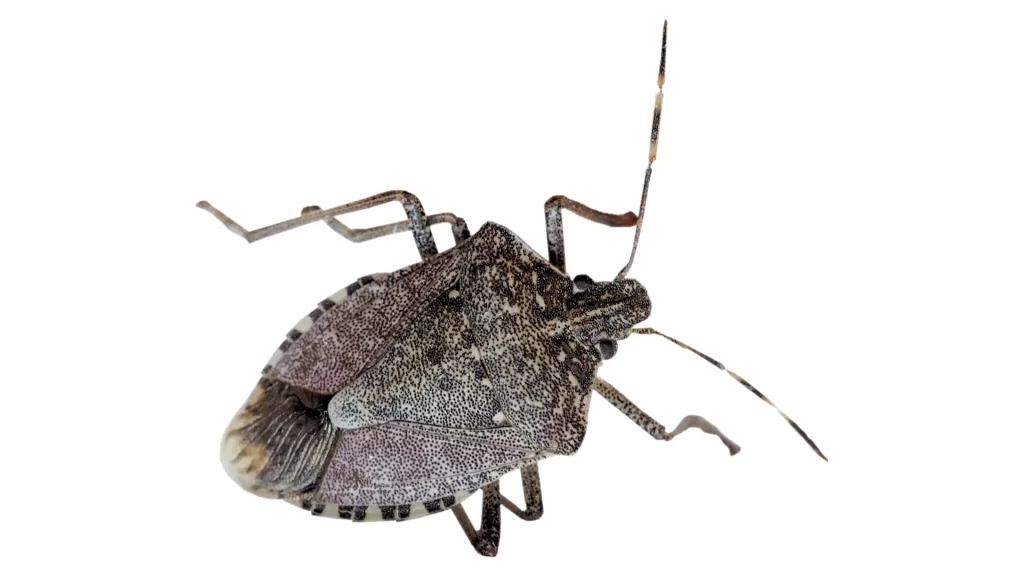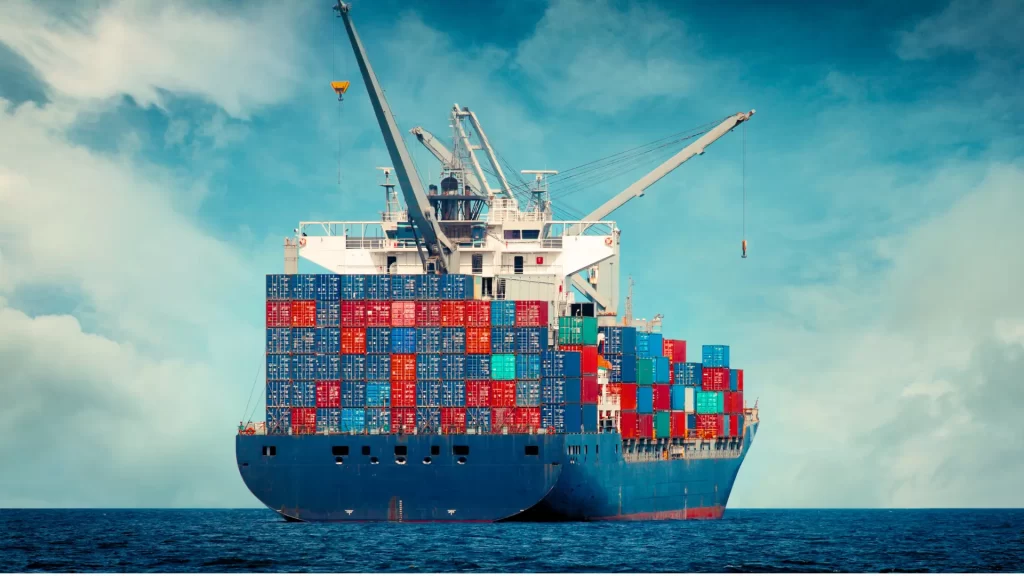The brown marmorated stink bug (BMSB) has become a major concern for Australian importers. With the government tightening biosecurity measures, it’s more important than ever to stay informed.
Are you feeling overwhelmed by the latest updates? We’re here to help you navigate the complexities of the new brown marmorated stink bug Australia regulations and ensure your business remains compliant. Let’s break down the changes, discuss the potential impacts, and explore your next steps.
Understanding the Brown Marmorated Stink Bug Australia Threat

The brown marmorated stink bug Australia (BMSB) is an invasive pest from Asia that poses a severe threat to agriculture and the environment. This pest reproduces quickly and damages many crops.
- Physical Characteristics: BMSB is a shield-shaped bug, up to 17mm long. It has distinctive black and white bands on its antennae.
- Life Cycle: It progresses from eggs to nymphs to adults within a few weeks. Also females lay clusters of eggs on the undersides of leaves.
- Impact on Agriculture: BMSB feeds on over 100 types of plants, including apples, grapes, soybeans, and tomatoes. The pest causes significant economic losses and can devastate crops and harm plant health.
Why It Matters for Your Business
The economic and environmental impact of brown marmorated stink bug Australia infestations can be severe. This includes crop losses, higher costs, and more checks by authorities. Undoubtedly, ensuring compliance with biosecurity measures is critical. So it helps prevent this pest from establishing itself in Australia and protects your business from potential disruptions and costs.
How the Government Treats Brown Marmorated Stink Bug Australia:
The Australian government is serious about preventing the Brown Marmorated Stink Bug (BMSB) from establishing itself in the country. So to achieve this, they have implemented strict biosecurity measures, which include mandatory treatment for high-risk goods arriving during the BMSB risk season (September 1 – April 30).
Latest Government Regulations and Changes (2024-2025)
The Australian Government is tightening biosecurity measures to prevent BMSB. Here’s a summary of the key information from recent changes:
What's happening?
- Australia is enforcing stricter rules on goods arriving from certain countries during the BMSB risk season (September 1, 2024 to April 30, 2025).
- This affects goods from “target risk” and “target high risk” countries.
Who is affected?
Businesses importing goods by sea from countries listed as high-risk or target risk for BMSB.

Key Points of seasonal measures for Brown marmorated stink bug Australia:
- There are two categories of goods: 1) Target high risk goods: These require mandatory treatment before arriving in Australia. Examples: Wood, cork, carpets, iron and steel products, electrical machinery, vehicles, aircraft, etc. 2) Target risk goods: These don’t require mandatory treatment, but may be inspected more often. Examples: Mineral fuels, inorganic chemicals, organic chemicals, plastics, rubber, paper products.
- Target Risk Countries: Goods must be manufactured or shipped from one of the 38 Target Risk Countries (mandatory treatment) or from the United Kingdom or China (may be selected for random onshore inspection).
- Treatment certificates: Must be from registered treatment providers.
- Treatments:
Heat, methyl bromide, or sulfuryl fluoride.
Containerised goods can be treated onshore; break bulk goods must be treated offshore.
- Fees: There are costs associated with treatments and inspections.
- Treatment Period: Required between September 1, 2024, and April 30, 2025.
What changes are happening?
- Expansion of High-Risk Countries: China and South Korea have been added to the list of higher-risk countries.
- New Offshore Treatment Provider Program: All treatment providers must now be registered under the new “AusTreat” program.
- Removal of Vessel Seasonal Pest Scheme: This program is no longer in effect, requiring new compliance steps for vessels.
- Stricter Treatment Requirements: Goods from target risk countries now require mandatory treatment, while others may face increased inspections.
- Approved Treatment Options: Treatments must be done using heat, methyl bromide, or sulfuryl fluoride. Containerised goods can be treated onshore, while break bulk goods must be treated offshore.
What can businesses do?
To ensure compliance with the new regulations, your business should:
- Check the Watchlist: Firstly, confirm whether the countries you import from are listed as high-risk for BMSB.
- Classify Your Goods: Secondly, determine if the goods you are importing are categorised as “target high risk” or “target risk.”
- Arrange for Offshore Treatment: 1) Moreover, ensure all high-risk goods are treated before shipping to Australia. 2) Additionally, use certified treatment providers registered under the AusTreat program.
- Prepare for Onshore Treatment: Also understand that untreated or misdeclared goods will be treated onshore, resulting in delays and extra costs.
- Utilise the Safeguarding Arrangements Program: For high-risk goods in sealed containers, consider using the new “Safeguarding Arrangements” scheme .
- Maintain Accurate Documentation: 1) Obtain a signed Declaration of Consent or Authorisation form from the shipper to book treatment and shipment. 2) Ensure all treatment certificates are from registered providers.
- Stay Informed: Lastly, regularly check for updates on government websites or consult your freight forwarding agent for the latest information.
For a comprehensive overview of the procedures involved in importing and exporting goods, including the latest regulations, you can read our article “Demystifying Import and Export Procedures: A Practical Guide for Australian Businesses“.
Treatment Locations and Costs
The cost of treatment for the Brown Marmorated Stink Bug Australia (BMSB) can vary depending on the type of treatment required, the volume of goods, and the country of origin.
Here are some examples of BMSB treatment costs:
Country | Treatment Method | Cost per Weight | Minimum Cost | Certificate Fee |
USA | Sulfuryl Fluoride, | USD 45 | USD 200 | USD 35 per B/L |
| Sulfuryl Fluoride | USD 27 | USD 27 | EUR 20 per certificate |
Spain | Heat treatment, | EUR 55 | EUR 100 | USD 40 per HBL |
| Sulfuryl Fluoride | EUR 38 | EUR 170 | N/A |
| Sulfuryl Fluoride | EUR 40 | EUR 85 | N/A |
| Methyl Bromide | AUD 50 | AUD 170 | N/A |
Singapore | Methyl Bromide | USD 50 | USD 175 | USD 100 per B/L |
Note: These rates are approximate. For exact pricing, please contact your GenFreight account manager.
Destination Fees
A Destination BMSB Processing Fee of AUD 35 per shipment will be charged upon arrival in Australia.
Documentation Requirements
A signed Declaration of Consent or Authorisation form from the shipper is required to book the treatment and shipment. No shipment will be allowed to proceed without this form.
Onshore Treatments
Goods that are not treated offshore or are misdeclared will be treated onshore in Australia, causing delays and additional costs.
Important Takeaways

- Firstly, shippers and importers must ensure that all high-risk goods are treated by certified providers before arriving in Australia.
- Secondly, failing to declare or improperly treating goods will result in additional costs and delays.
- Thirdly, the new measures are in place to protect Australia’s agriculture and environment from the potential threat of BMSB infestation.
Where can You find more information?
For further information and support regarding BMSB and import regulations, you can refer to the following resources:
- Click the link to see the full update from the Australian Department of Agriculture.
- You can also find information about AusTreat and Safeguarding Arrangements on their website.
- Consult with GenFreight Global Logistics or your Freight Forwarding agent
Effective Strategies to Prevent BMSB Infestation
To mitigate the risks of BMSB infestations, businesses should take the following proactive steps:
1.Supply Chain Management:
- Map Your Supply Chain: Identify all countries, suppliers, and routes involved in your import process to understand exposure to BMSB risk.
- Evaluate Supplier Practices: Assess the biosecurity measures your suppliers have in place and ensure they align with Australian requirements.
- Choose Certified Treatment Providers: Work with providers registered under the AusTreat program to ensure compliance.
2.Contingency Planning:
- Develop Alternatives: Prepare for potential delays by identifying alternative suppliers or routes.
- Secure Insurance: Ensure coverage for any financial losses related to infestations or regulatory non-compliance.
- Maintain Open Communication: Coordinate with suppliers, logistics partners, and customers to effectively manage any disruptions.
3.Best Practices for Prevention:
- Conduct thorough inspections and quarantine of incoming goods from high-risk regions.
- Stay informed by subscribing to newsletters, attending industry events, and following government updates to stay ahead of regulatory changes. To avoid common pitfalls and maximise profits when importing to Australia, check out our guide “Import Successfully to Australia“.
Industry Associations:
Consider contacting relevant industry associations for additional guidance and support related to BMSB import regulations. Also these associations may offer training programs, industry updates, or access to expert advice.
By utilising these resources and taking a proactive approach, you can ensure your import business remains compliant and effectively manages the risk of BMSB infestation.

Navigating the BMSB landscape requires a proactive and informed approach.
By understanding the risks, implementing effective supply chain management strategies, and developing contingency plans, you can significantly reduce the likelihood of BMSB infestations and protect your business.
Key Takeaways:
- Stay informed: Keep up-to-date with the latest BMSB regulations and best practices.
- Assess your risk: Identify high-risk countries and evaluate your supply chain’s vulnerability.
- Implement effective strategies: Conduct thorough inspections, choose certified treatment providers, and maintain accurate documentation.
- Develop a contingency plan: Prepare for potential delays, disruptions, and infestations.
By taking these proactive steps, you can protect your business from the devastating impacts of BMSB and ensure its long-term success.
At GenFreight Global Logistics, we understand the challenges businesses face with ever-changing regulations. As an experienced freight forwarder, we can help you navigate these changes, handle customs clearance, and manage every part of your supply chain. Contact us today to learn how we can support your business through the upcoming BMSB risk season and beyond.
